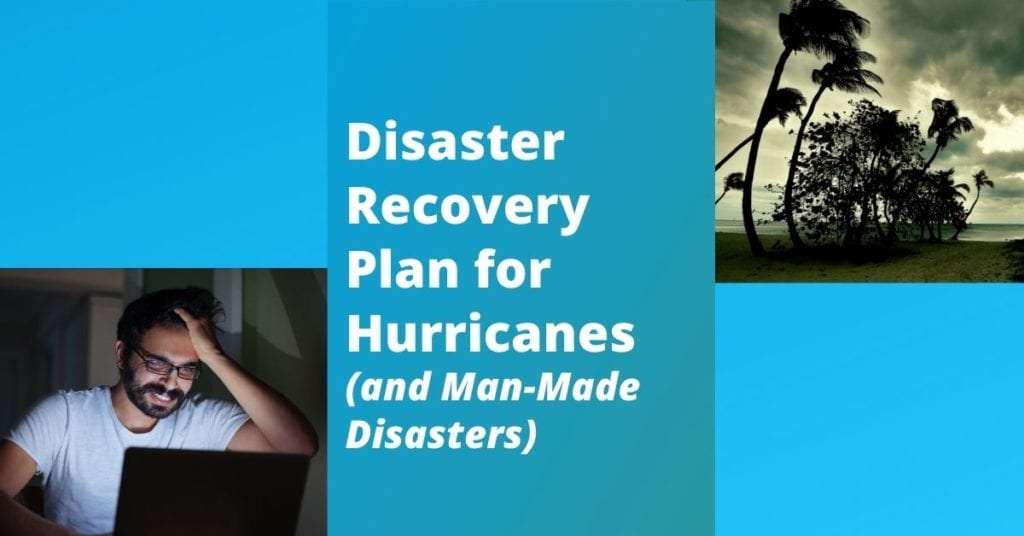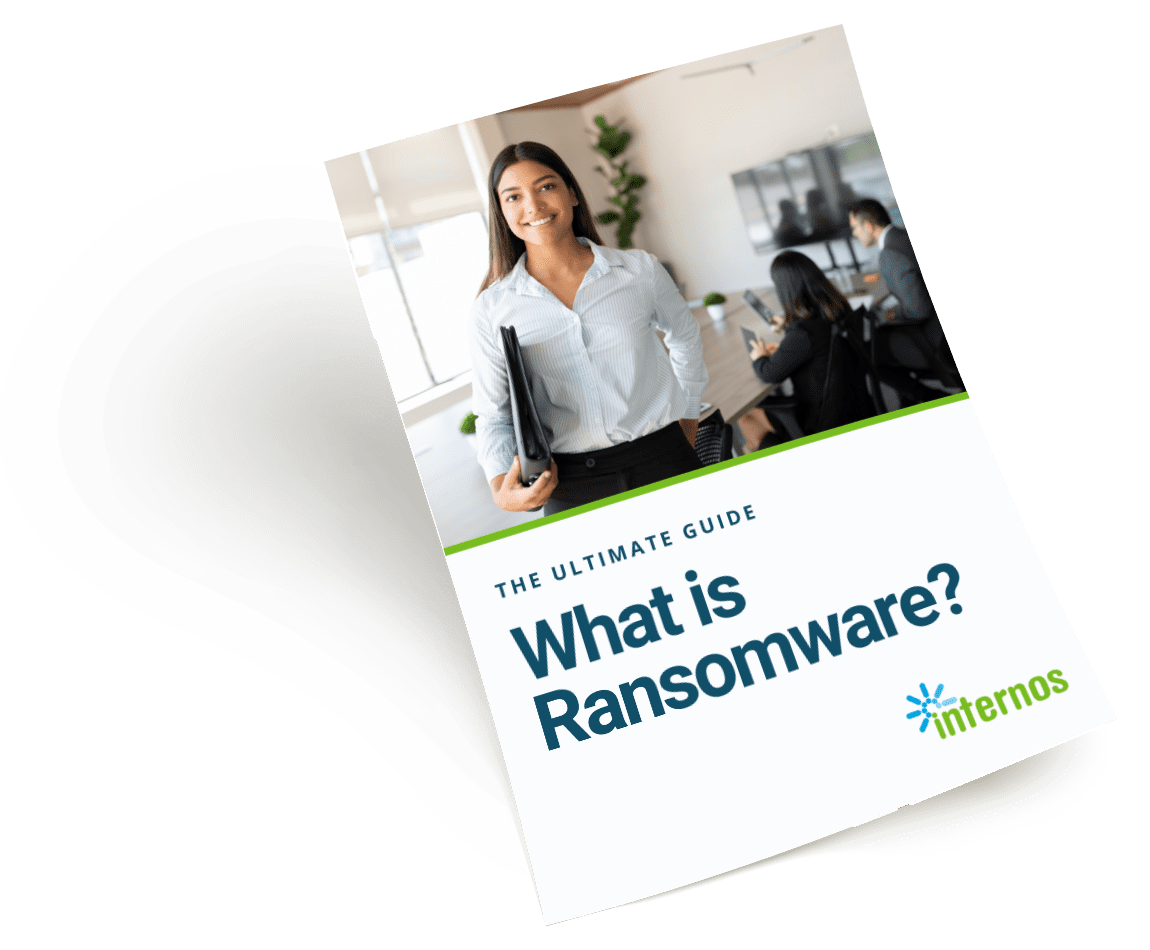
After what we in the United States went through in the last year, it’s surprising that so many businesses are still not putting enough time and resources into proper disaster recovery and business continuity planning. In the Miami area, the start of hurricane season should be a wake-up call to make sure your disaster recovery plans are up to date. The good news is that once in place, your hurricane disaster recovery plan will protect your business through all kinds of natural and manmade scenarios — including cyber attacks.
How to Protect Your Business
If you live anywhere in Florida, you know about hurricane preparedness: stocking up on batteries, non-perishables, generators, etc. But those measures are mostly for personal safety. Companies need to be equally proactive for their business.
Realize that water is a highly destructive force when it comes in the form of a hurricane, the sea or the aftermath of floods. Protect all your on-premises equipment (computers, phones and so on) as best you can. If that means shoring up windows with plywood or installing hurricane shutters, be prepared to do that. But you have to go further than that to protect your business core.
- Create a natural disaster recovery plan starting with an analysis of your needs in the event of a future natural disaster.
- Define and test that plan to ensure you are really prepared for business continuity once the disaster has passed. Make sure everything works as expected.
- Create redundancy sites for your data. It’s one thing to lose the phones and computers, but it’s far worse to lose the infrastructure of your operation. So create cloud storage and other redundant sites so you don’t lose everything in one fell swoop, whether from a hurricane or a cyber threat like ransomware.
- Batten down the physical places where you do business including potential flying objects within it.
- Educate your staff, including team members who work remotely, on what they need to do to protect the company’s data as well as themselves and their families.
- Test your uninterrupted power supply (UPS) batteries regularly and replace when needed.
- Monitor servers for predictive failures.
- Update all appropriate software, firmware and drivers so they can be counted on to work when you need them the most.
Lastly, but not least, contact us or book a meeting, virtual or in person. We work and live in Florida and understand regional weather threats. We can advise and help you to create and implement the right hurricane disaster recovery plan for your business.

